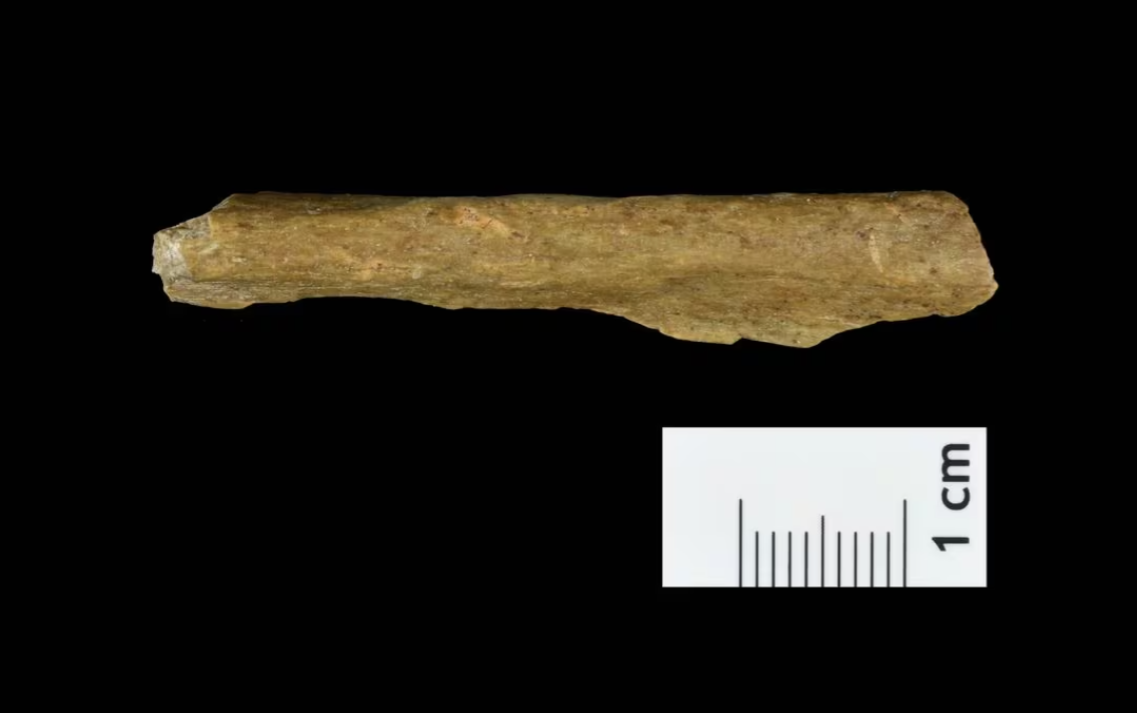
©Reuters
Vocabulary:
- mammal /MAM-uhl/
- debated /duh-BAY-tuhd/
- extinction /ik-STINK-shuhn/
- swiftly /SWIFT-lee/
- insight /IN-sahyt/
[noun] – any various animals that give birth to live young instead of laying eggs, including humans, dogs, and whales
The zoo showcased a variety of mammals, including lions, elephants, and monkeys.
[adjective] – something that is the subject of discussion, dispute, or disagreement, often involving different opinions or arguments
The debated proposal divided the team into opposing viewpoints.
[noun] – the state or process of a species, family, or larger group being or becoming extinct, i.e., no longer in existence
Conservation efforts are crucial to preventing the extinction of endangered species.
[adverb] – in a quick and speedy manner, without delay
The skilled athlete completed the marathon swiftly, setting a new record.
[noun] – the capacity to gain an accurate and deep understanding of something, often through intuition or perception
The professor’s lecture provided valuable insights into the complex theories of quantum physics.
Article reading:
The research presented in Nature and Nature Ecology & Evolution indicates that early Homo sapiens may have played a role in the extinction of Neanderthals, who disappeared around 40,000 years ago. The study suggests that these Homo sapiens, originating from warmer Africa, adapted swiftly to the cold environment and hunted large mammals in the region. This discovery not only provides insights into the early movements of Homo sapiens in Europe but also resolves the debate over the origin of certain stone artifacts, suggesting that they were crafted by Homo sapiens rather than Neanderthals. Further investigation is needed to understand the full impact of climate change and Homo sapiens’ arrival on the Neanderthal extinction in Europe.
Discussion Questions:
- Have you ever encountered a discovery or piece of news that reshaped your understanding of history or human evolution? If yes, can you share your reaction and thoughts about how such revelations can influence our perception of the past? If not, what kind of historical discovery do you think would be particularly intriguing for you?
- Do you think it’s essential for individuals to stay informed about archaeological and anthropological findings that alter our understanding of human history? If yes, how might such knowledge contribute to our broader understanding of the world? If not, what reasons or perspectives might lead someone to be less interested in these discoveries?
- Do you believe the recent discovery of Homo sapiens remains in the German cave significantly changed our understanding of early human history in Europe?
- How might the ability of Homo sapiens to adapt swiftly to frigid conditions in Europe, as indicated by the findings, have influenced their survival and interaction with other human species during that time?
- Considering the debated culture (LRJ) and the resolution that it was linked to Homo sapiens, what implications might this have on our understanding of cultural exchanges and interactions between different human species in prehistoric times?
Summarization
Describe:
- ecology
- chilly
- resolve
- uncover
- shed light on